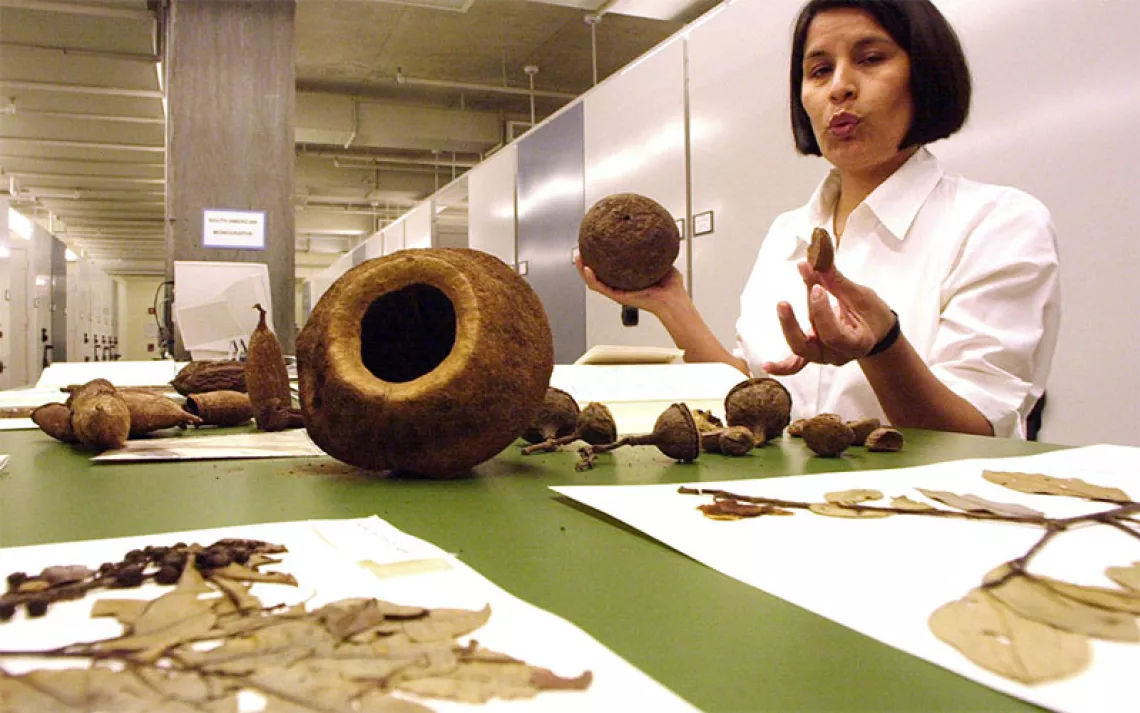Evaporation Could Provide On-Demand Renewable Energy
A new technology turns evaporating moisture from oceans and lakes into energy
As part of Earth's natural water cycle, moisture returns to clouds via evaporation from oceans and lakes. Columbia University researcher Ozgur Sahin and his colleagues saw the potential for a new kind of hydropower in that steady upward flow. A power plant based on evaporation that occurs throughout the day and night could provide reliable, on-demand renewable power. As oceans account for the majority of evaporation, power plants on lakes wouldn't have a noticeable impact on the water cycle. However, researchers have to investigate the potential effects on lake ecosystems before these theoretical clean energy systems can become a reality.
Infographic by Brown Bird Design
 The Magazine of The Sierra Club
The Magazine of The Sierra Club






